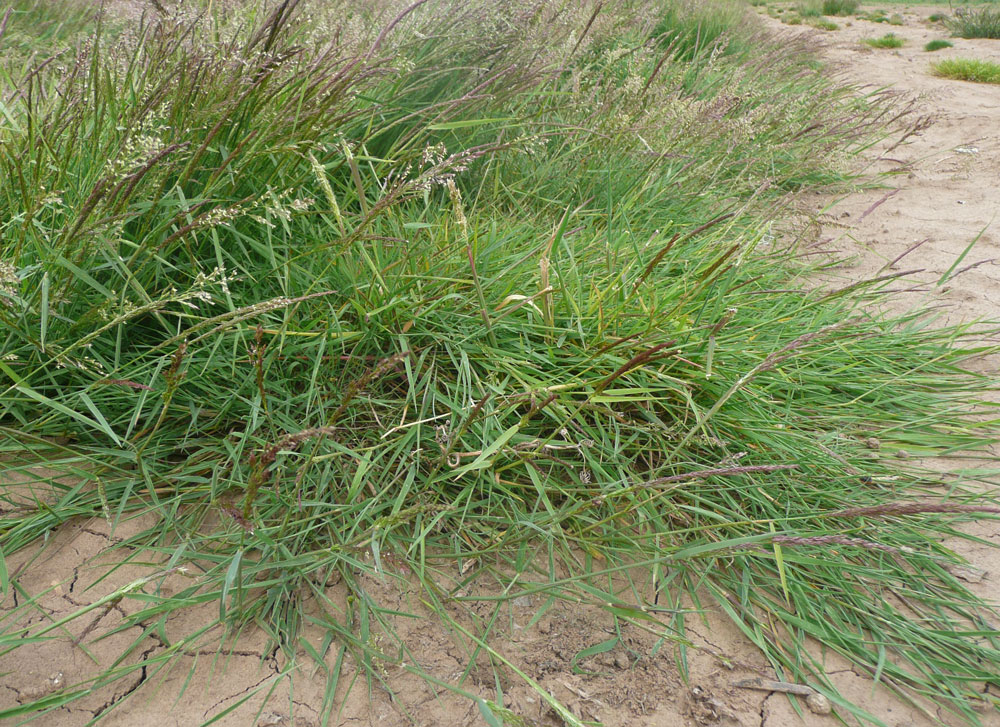Description
Creeping bent is a short, fast-growing perennial grass which spreads across the ground by means of numerous creeping leafy runners (stolons). Creeping bent is otherwise quite similar in appearance to common bent, its heads are however less open in flower, and close up when they go to seed.
Habitat Information
Creeping bent is very variable grass found naturally on a wide variety of soils in a wide range of grassy habitats including meadows, pastures, wetlands, heaths, ditches, grass verges, hedgerow and woodland margins. Because of its ability to spread effectively by both seed and shoots it can rapidly colonize open ground, and so is also found in disturbed habitats such as spoil heaps and as a weed of arable land. It is good at growing into, and exploiting, pockets of fertile open ground. On fertile wet ground it can spread rapidly to form extensive mats. Creeping bent is a very adaptable species; there are forms/ecotypes identified in both wetland and saline environments.
Growing Information
Can be sown at any time of the year when soil conditions are suitable.
Because of its invasive creeping habit it would be unwise to include it in a meadow seed mix or add it to a newly created meadow. On sites and soils where it is ecologically appropriate it usually colonises by natural regeneration in more than adequate proportions without the need to introduce seed.
Where creeping bent does occur in grassland it can be managed by grazing or mowing. Its leaves are quite palatable to livestock whilst young, but not so when overgrown and aged (over-stood). Over grown tangled mats of creeping bent are also difficult to mow, particularly with a scythe.
Creeping bent by virtue of its vigour and ecological tolerance to wet and saline conditions is sometimes useful as a component in a grass mix to provide basic ground cover on difficult sites.


